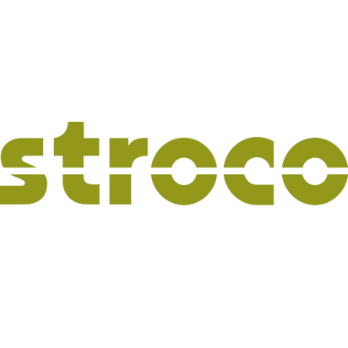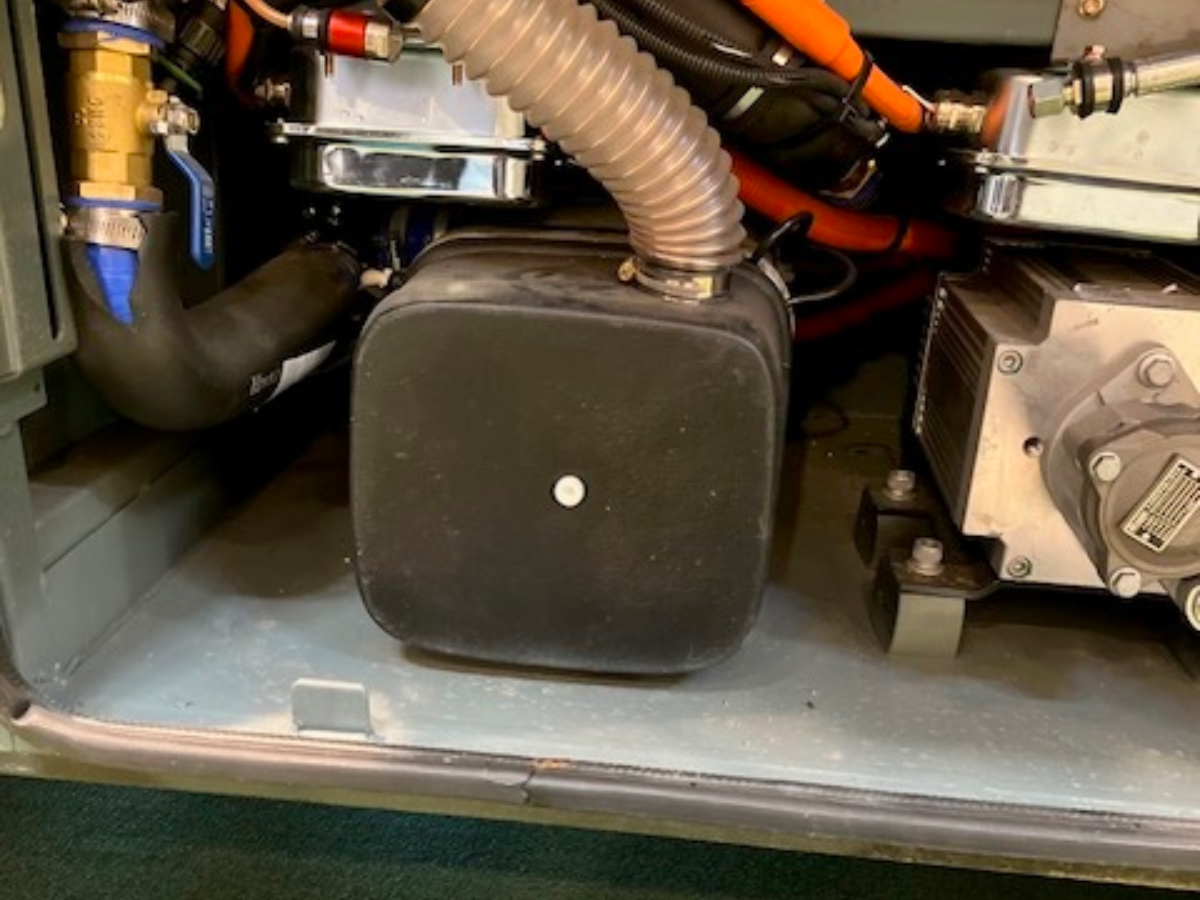Søren Rasmussen, International Sales Manager at Danish heating specialist Stroco ApS, explains why the right heater for electric buses running in countries with extremely cold winters is a hybrid heater.
At Stroco ApS, we believe that the right heater for electric buses running in countries with extremely cold winters is a hybrid heater. This is because you can drive electrically when there is enough power on the bus, but easily switch to fuel when required to complete the journey safely back to the garage.

In cold areas, electric buses are challenged in terms of range when electricity is needed to not only drive the vehicle but also continue to keep its interior warm. This winter, for example, we’ve already seen night-time lows of -450C in north Sweden, -200C in Oslo and -150C in Stockholm. In temperatures like this, heaters need to work hard to continuously keep passengers – and drivers – comfortably warm.
Most fully electric buses run on electrical heating pumps, which drain their batteries and dramatically reduce vehicle range. To counter this, operators may need to charge their vehicles more often and/or deploy extra buses simply to ensure services aren’t interrupted, shortened or even reduced.
Why Hybrid Heaters?
This is one of the reasons why fully electric heaters aren’t always the best option for buses running in colder climates. Perhaps this will change as battery cell technology advances and capacity grows, but right now the best choice is to go hybrid.
This is because hybrid heaters enable bus operators to avoid these problems entirely by only using electricity when there is enough capacity on the bus, and then switching to combustion heating when a certain percentage of battery use has been reached.
Continue to Run 100% Fossil Free
Switching between electric and combustion heating saves battery power, extending vehicle range. In addition, our model, the 35.02 M – LE (low emission) Hybrid heater, enables vehicles to continue running 100% fossil-free.
This is because our heater’s combustion engine can operate on alternative fuels such as hydrotreated vegetable oil (HVO) – also known as renewable diesel, biodiesel, ethanol and rapeseed methyl ester (RME).
Stroco is the only manufacturer that’s not had a problem with HVO flame visibility. When HVO’s blue flame isn’t registered it can stop combustion heaters from working, which has been an issue for several competitors.
However, we overcame this challenge by developing a ‘flame super vision’ photoelectric sensor that enables us to reliably register the flame every time. This means that when you choose a Stroco hybrid heater, you can rest assure that you have a reliable zero-emission heating solution.
Benefits of Stroco’s 35.02 M – LE Hybrid heater
Several of our Nordic customers are already seeing the benefit of the 35.02 M – LE Hybrid, with one customer even going as far as removing all electrical heater pumps from their buses and replacing them with our hybrid heater. This is because they’ve seen the benefits of moving to hybrid heating, particularly in the Nordic region, with improved vehicle range as well as a better indoor climate.
But the benefits of the 100% Danish 35.02 M – LE Hybrid don’t end there. As well as improving vehicle range while retaining customer comfort, it’s also considered the most cost-effective option on the market, with low repair and running costs, which we recently discussed in our article For a Reliable, Cost-Effective Hybrid Heater – Choose Stroco.
If you’d like to speak with us about how your business could benefit from hybrid heating solutions, please visit www.stroco.dk or email Søren Rasmussen, International Sales Manager, at [email protected].




